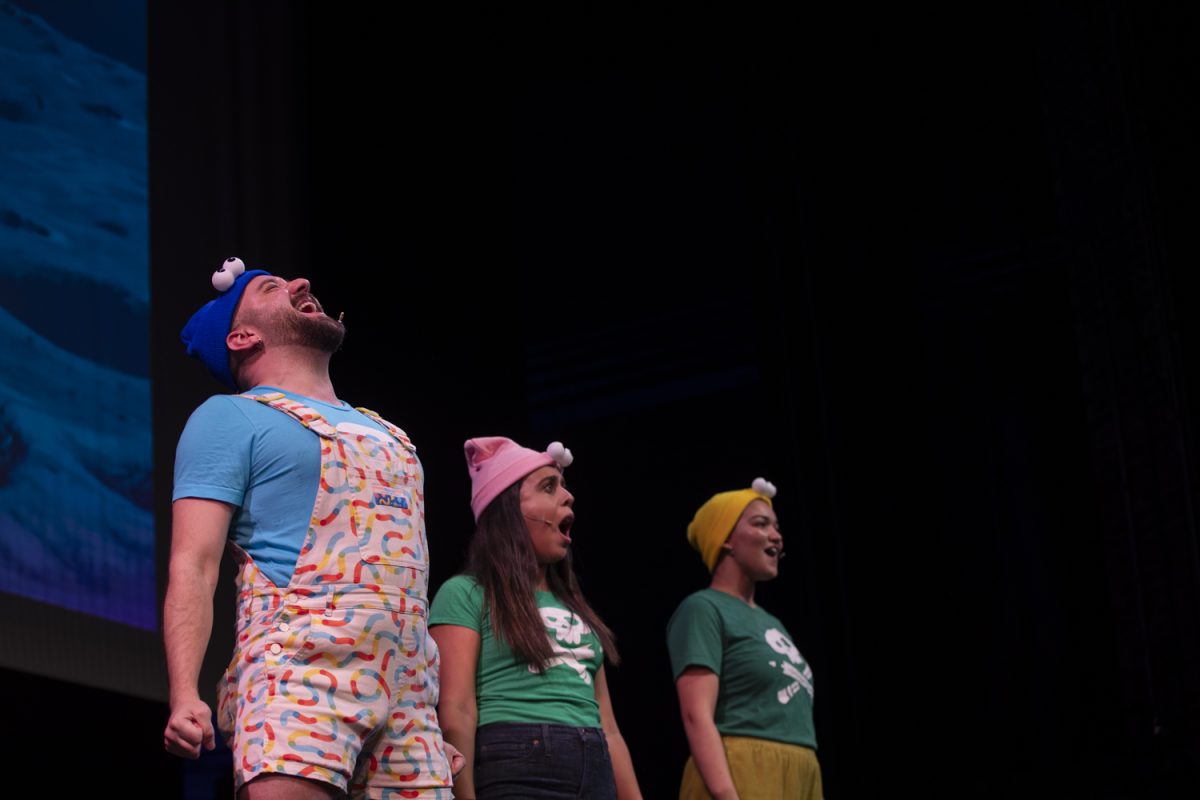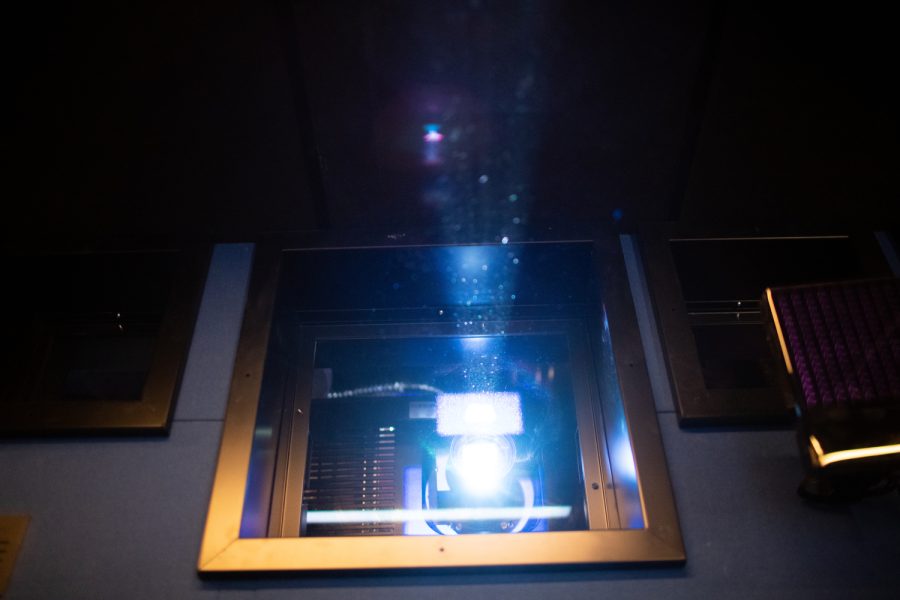Imagine you enter a room to find 10 people standing in a circle. They are all speaking, trying to tell a story. And you quickly surmise that they’re all attempting to tell the same story.
But each narrator is speaking a different language: English, French, Chinese. Some aren’t speaking at all. They use ambient sounds, note cards, movement.
You are witness to a whole host of different narratives. Sometimes they line up, intermingling just enough to hint at an underlying story. Sometimes they conflict, saying different things in different ways. Mostly they just sit on top of one another, layering aspects of a story together without any final coherence.
This is how it feels to experience The Untitled Bombsite Project, a documentary and multimedia installation composed by Jonathan Rattner and Jill Baker. The film and associated multimedia are on display at Public Space One until Saturday.
To be sure, there is a basic framework of a story that the documentary tells, albeit an odd one. In September 1942, during the early stages of U.S. involvement in World War II, Japanese fighter pilot Nobou Fujita dropped four incendiary bombs a few miles east of Brookings, Ore., with the intent to start a forest fire.
The bombs were unable to start a fire, and the pilot returned to the submarine from which he was launched. Twenty years later, however, Fujita was invited back to Brookings for the city’s annual Azalea Festival. This was the start of a 30-year friendship between the town and the pilot, a friendship that culminated in Fujita’s planting of a redwood tree at the original bomb site as a symbol of peace in 1992.
These are the fragments of the story that stay constant throughout the exhibit. On top of these are stacked an assortment of different narratives, told from a wide range of perspectives in a literal menagerie of media.
There is, of course, the documentary, perhaps the most stable of the sources presented to the viewer. In the documentary, we get autobiographical recollections from Fujita himself (played out on note cards), a fictional interpretation of Fujita by playwright Kathleen Tomko, and various recollections by eyewitnesses and residents.
There’s the sound, an ambient soundtrack which seems to be set up to tell its own story in parallel with, rather than in service to, the documentary. And the drawings hung up around the space, which serve to weaken the viewer’s resolve that any one of these narratives is wholly factual. A lineup of rocks underneath one drawing tells a more natural story of weathering and change.
And, right in front of the viewing screen for the documentary, there is the most ambiguous narrative of all: a giant dirt circle. It simultaneously looks like a tree ring, a fire pit, and the scorched remains of the ground after a bombing. One gets the impression that it is, in fact, all of these.
The artists do no work to alleviate the ambiguities here. The viewer is presented with a bunch of narratives, all layered on top of each other. They sometimes conflict, they sometimes cohere, but they mostly just sit there, begging for resolution without offering any.
Which is less than satisfying. But isn’t that how our narratives about ourselves work, too? We tell a lot of stories in a lot of different ways. Often, they contradict. Certainly, they don’t always cohere.






